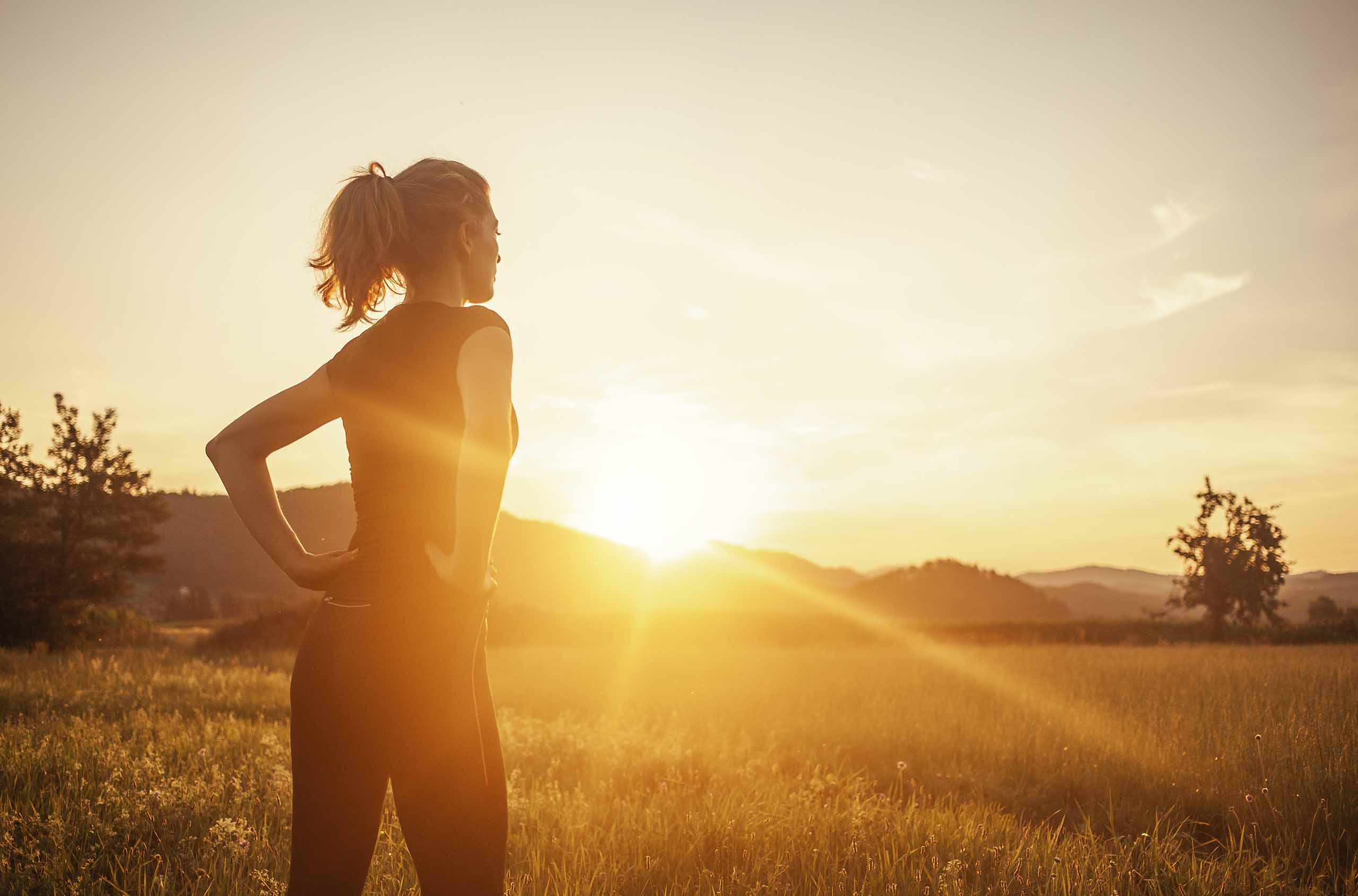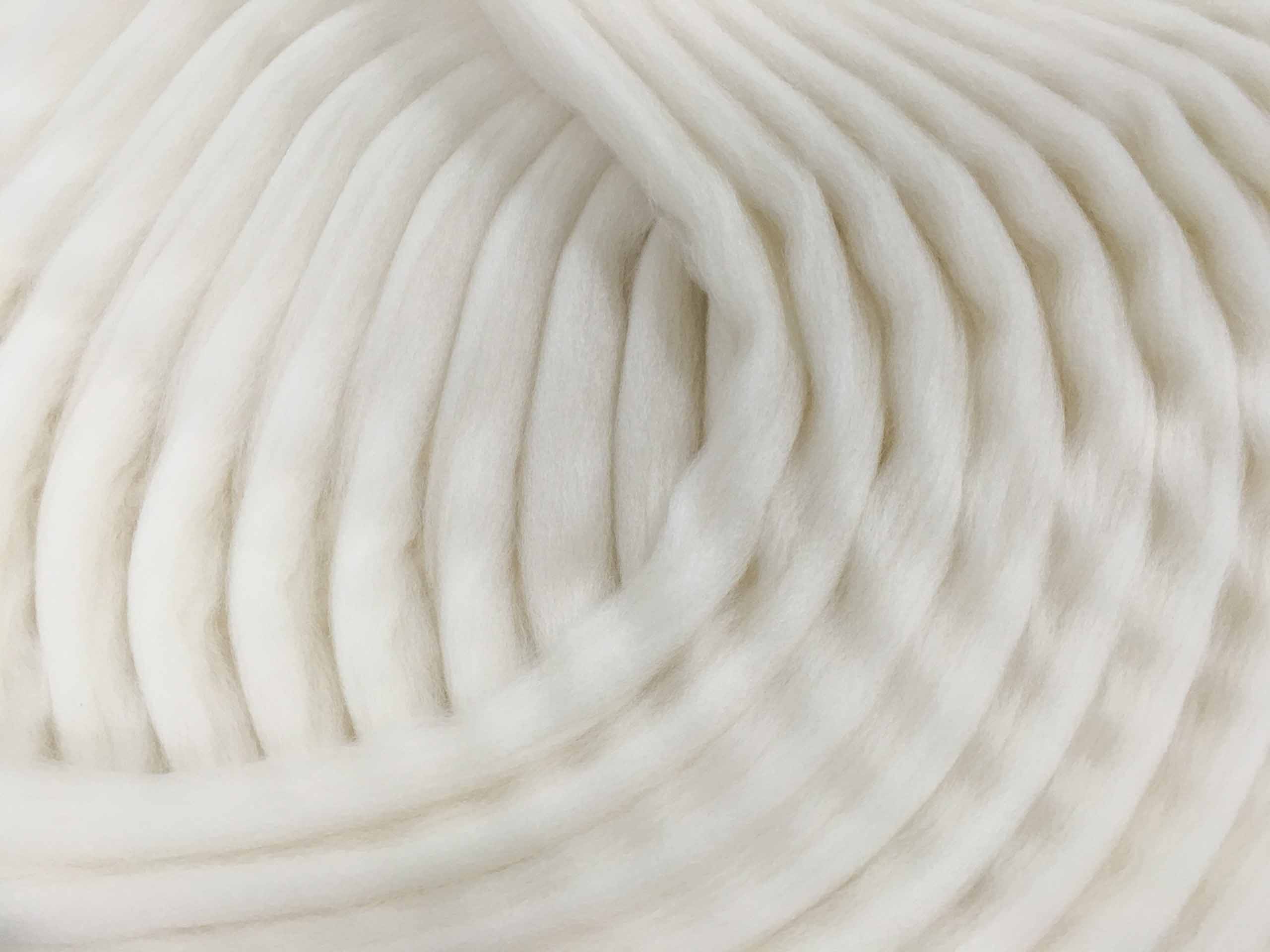This vitamin D3 supplement comes from grass-fed pasture-raised animals and features all New Zealand pasture-raised benefits. That means you can rest assured that New Zealand sheep and lambs have been allowed to grow up on pasture, hormone-free, and without being fed contaminated feeds. They were raised for wool production on extensive grassland pastures.
New Zealand is known worldwide for the excellent quality of its dairy, meat, and wool products. After the annual shearing of the wool from the sheep flock (26 million sheep are sheared each year), the lanolin (a waxy material in wool) is removed as part of the wool fiber production process and, as in our case, is used to prepare vitamin D.
FAQ
FREZZOR Vitamin D3+K2
What is vitamin D?
Vitamin D is more than a vitamin; it is a hormone. Our body can produce vitamin D itself with the help of daylight. If you don't have the opportunity to get enough daylight, such as during the fall and winter months, or get enough vitamin D from food (which is limited), you should strongly consider supplementing with vitamin D3.
Is there a difference between vitamin D and vitamin D3?
Actually, no, because when we talk about vitamin D as a supplement, we mean vitamin D3. Vitamin D3 is a natural vitamin and is produced by the human body on its own, provided there is enough daylight. However, other artificially produced forms of vitamin D (D1, D2, D4, and D5) are used in the food industry, especially in the USA.
Is the body's own formation of vitamin D sufficient for the daily requirement?
For the body to form vitamin D in the skin, it must be under the influence of UV-B radiation. In this way, 80% - 90% of our need for vitamin D can be covered. A few minutes in the sun would be sufficient for this. Sunscreens with sun protection factors, however, prevent or reduce the formation of vitamin D. Remember also that in many regions of the world, in late fall, winter, and early spring, the sun is too weak for the skin to produce sufficient vitamin D.
Does vitamin D requirement depend on age, skin type, or life circumstances?
Yes, older people often have a higher need for vitamin D than younger people. The reasons for this are that many older people no longer eat as varied a diet and also do not spend as much time outdoors as younger people. Skin type is also crucial for vitamin D production. The lighter your skin, the better it is able to use UVB radiation to produce vitamin D.
Your work circumstances can also affect your vitamin D levels. For example, if you spend all day in the office and then only enjoy the late evening sun, your vitamin D production will be limited, unlike someone who can pursue their work outdoors throughout the day.
The bottom line is that it depends on your lifestyle, skin type, and age, how much vitamin D-3 you need, and how much you should supplement.
The body needs vitamin D3, but for what?
Vitamin D is primarily very important for building bones, teeth, and joints. It is also involved in several processes in the body that promote better well-being in many areas. These include processes that support the immune system, hormone balance, signaling between cells, cognitive performance function, internal balance, better sleep, reduction of oxidative stress and inflammatory processes and normal cell division, building and maintaining normal muscle function, and much more.
Can we get enough vitamin D through food?
We can take in vitamin D through food. However, only to a rather small extent of about 10-20% of our daily requirement. Foods with high vitamin D content are some types of fish, as well as meat from lamb and veal.
Can vitamin D3 help with osteoporosis?
Decades of vitamin D research have proven that insufficient levels of vitamin D in the blood over a long period of time can lead to demineralization and loss of calcium in the bones, which can ultimately weaken the bones and result in osteoporosis. Regular intake of vitamin D ensures optimal absorption of dietary calcium in the intestines. Vitamin D, together with vitamin K2, also promotes the reabsorption of calcium into the bones. It is, therefore, the optimal combination of calcium, vitamin D3, and vitamin K2 that ensures stable and healthy bones in the long term.
What symptoms can vitamin D deficiency cause?
In addition to insufficient calcium storage in the bones, which can lead to a decrease in bone density and the development of osteoporosis, vitamin D deficiency can also promote fatigue, depressive mood, listlessness, sleep disorders, cravings for sweets, vitamin D deficiency also increases the risk of contracting respiratory infections or developing joint







